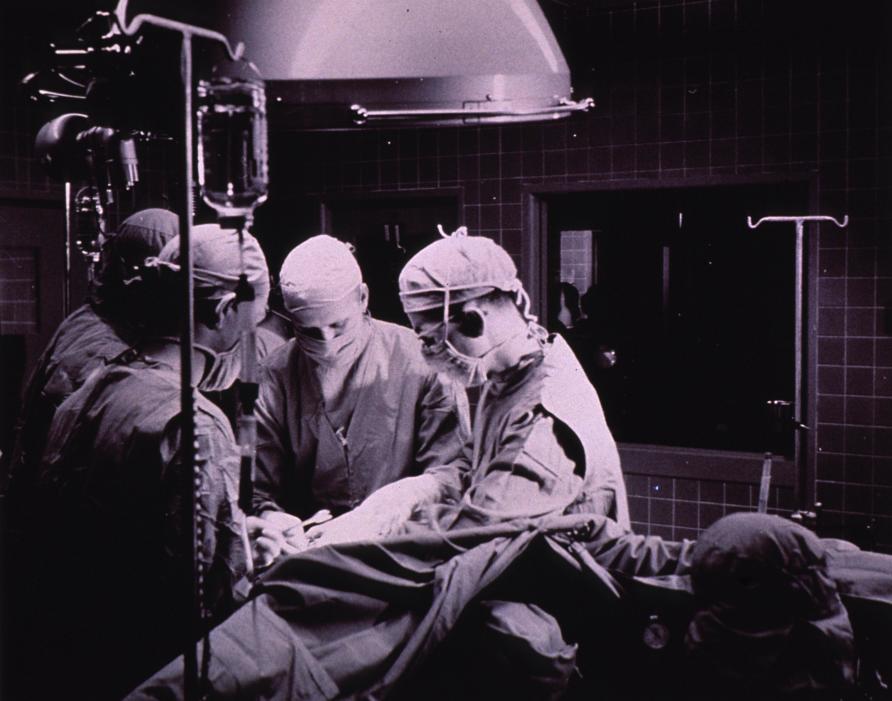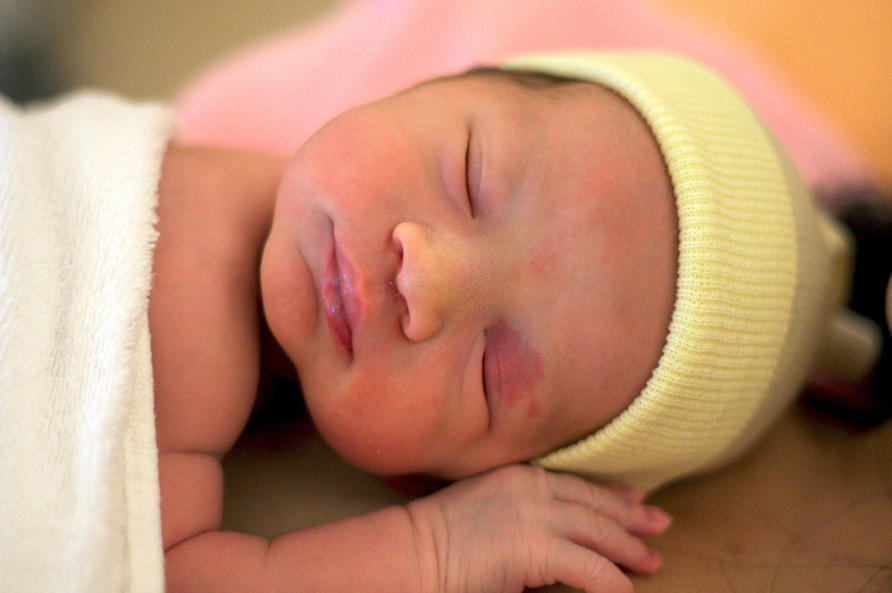Researchers have discovered that the genes that lead to heart disease are also used for reproduction.
Mother Nature is a complicated lady. Anyone who has had wisdom teeth out, or an appendix burst may well wonder what she was thinking as the human body evolved.
Researchers studying the genomics of coronary artery disease (CAD) have now revealed another twist in our evolution by asking the question: why do we still inherit genes for CAD, despite it being a leading cause of heart attacks and death globally?
A team led by researchers from the University of Melbourne have found that genes for CAD also influence reproduction, so in order to reproduce successfully, the genes for heart disease will also be inherited.

An international research team from Australia, Finland and the US worked on the study, which has been published in the journal PLOS Genetics.
“Evolution, it seems, is involved in a trade-off where CAD only begins to appear at around 40-50 years of age when the potential beneficial effects of these genes on reproduction have already occurred,” explains lead author Dr Sean Byars from the School of BioSciences at the University of Melbourne.
He says the team wanted to understand more about how CAD has been inherited in our evolutionary past, to better understand why it is so prevalent now.
“CAD is often thought of as modern disease, but actually atherosclerosis, or thickening of the artery walls, has been detected in Egyptian mummies, so we suspect it has been in our genes for thousand of years.”
CAD currently affects 110 million people and causes 8.9 million deaths annually, according to 2015 figures.
“According to the theory of natural selection, as proposed by Charles Darwin, genes for traits that improve individual survival or reproduction will increase or be maintained in populations, whereas those that reduce our chances of survival will be selected against and gradually removed or reduced over time.
“So it was unclear why CAD remains so common in modern humans and this is important to understand given the global health burden it represents,” explains Dr Byars.
The team analysed 56 genetic regions for CAD in 12 worldwide populations originating mainly from Africa, Europe and East Asia, and used a statistical score to measure whether there had been recent selective changes to DNA associated with the disease.
Associate Professor Michael Inouye, who also led the study, said the findings showed that many genes associated with CAD have actually been positively selected through evolution.
“So we suspected there must have been be some unknown benefit to retaining these genes for the disease,” said Associate Professor Inouye, based at the Baker Heart and Diabetes Institute.

“After further research, we found CAD genes are also important for reproduction and involved in important functions in male and female fertility being expressed in the testes, ovaries and endometrium, for example.
“This represents direct evidence that genes that have been under selection are also beneficial for reproduction and, yet, are associated with occurrence of a common disease later in life,” Dr Inouye says.
“This doesn’t necessarily mean that women with many children are more likely to develop heart disease, it may simply mean that the disease is a by-product of humans being able to reproduce well,” adds Dr Byars.
The results also provide insights on how selection for CAD genes differs between populations, and how these populations might respond differently to the same heart disease prevention strategies.
Dr Inouye says that ultimately these results give us some idea how complicated the effects of genes can be.
He adds that we need to be cautious with new gene-editing techniques like CRISPR, as unintended effects may be introduced which may not reveal themselves for decades or more.
“It’s a bit like a balloon, if you push on one side of it, the air will push out in other places and if you don’t know what the balloon looks like then you won’t be able to predict where.
“Our genomes are similarly complex and we need to learn more in order to read them, much less write them.”
Banner: University of Cape Town